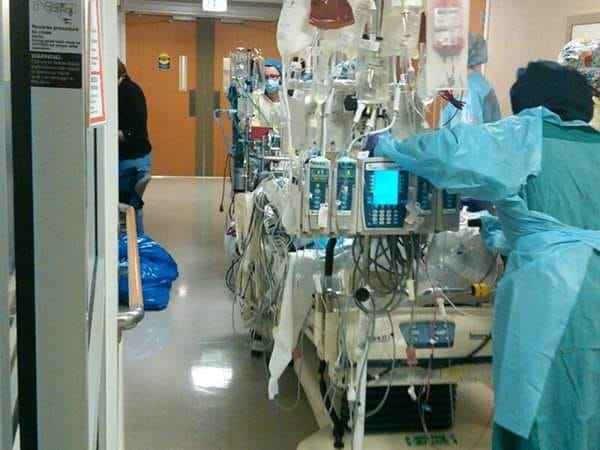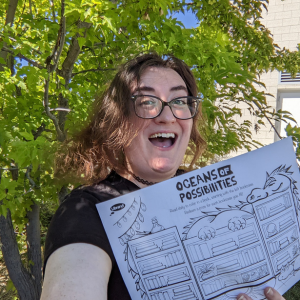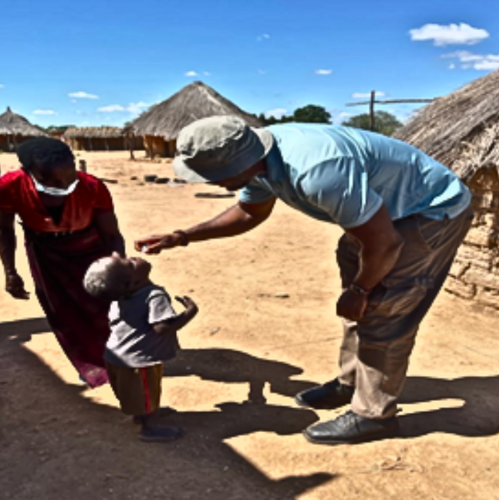
by Patricia Watters
It has been nearly 10 years since I nearly died from the flu. My heart completely stopped and did not beat again on its own for nearly two weeks, so depending upon your point of view, technically, I did die.
I did not get a flu shot each year because the one time I did, I was convinced (mistakenly) I actually had gotten the flu because of the shot. Besides, only old people and babies died of the flu, and I was neither. I was 52, in great shape, and worked out regularly. I have always considered myself to be one of the luckiest people I know—great family, nice life, travels, etc.
At first, I thought I had a cold—I had no fever, shakes, or chills. I stayed in bed for a whole weekend, not moving much, and then a few more days after that. After several days, I asked my husband to take me to the emergency room. On some level, I think I realized I was in danger. I truly believe I would likely have died in bed that day while everyone else in the house went to school or work.
Flu Can Be Mild One Day, and Almost Kill the Next.
At the ER, they could not find my pulse or temperature so they kept me for overnight for observation. I remember very little of that day and none at all of the next 14 days. What I do remember most vividly were the nightmares brought on by the sedation used to keep me in a coma. Why did I find the prospect of dancing clementines so frightening?
Over the course of several days, I learned that I had been medevaced from my local hospital to the Shock Trauma Center at the University of Maryland. The second helicopter ride of my life and I was asleep for it. This ride cost much more than the trip to the Grand Canyon, though.

My heart had slowed to a stop in the helicopter, very nearly just as we were landing. The premier physician for adult ECMO happened to be walking through the unit when I came out of the helicopter. He was sure I would be a suitable candidate for the procedure. Again, my luck held true. They had biopsied every major organ, I was told, and discovered I had the flu. That year’s version of the flu attacked the heart.
A normal ejection fraction rate, the measure of the percentage of the total amount of blood in your heart that is pumped out with each heartbeat, is somewhere between 50 and 75%; mine was 6%. After a week or so of total life support, my heart showed signs of beating again on its own—until then, I was on the list for a heart transplant. Several days later, a trial was performed and my heart passed the test—I could be weaned from life support.
I woke up to questions being asked of me by a nurse: Did I know where I was? Did I know the date? Who was president? I thought she seemed a little impatient with me, but I slowly came to realize that I had actually been awake several times before and had been asked these same questions each time as a test of my mental abilities. I suspect they were a little put out with me because I kept answering that I was at that other major Baltimore hospital.
Lasting Effects and Recovery from Influenza
For several days, I could not speak, could not move my legs, and could not sit up unaided, let alone get out of bed. I began to dread the visits from the night nurse, who had fingers like hooks. Whenever possible, I would not ask her to help with toileting. Oddly enough, nothing else hurt. My vision was terrible until I remembered to ask for my glasses.
My legs felt heavy and unresponsive, as if they belonged to someone else. To this day, parts of my legs still have no feeling where the cannulae were inserted. I was bruised from head to toe. I had bedsores, despite their best efforts at protecting my skin. The huge bruise that covered my left torso was from the CPR they perform while the helicopter was landing. My collarbone was broken at the same time. The stitches (and suture strings) in my neck were from the catheter they tethered to my skin. I had so many IVs in my arms, they clacked like jewelry when I moved. (I lied earlier, those did hurt!) I was told they could not be used again because of clotting, but they could not be removed just in case they were needed. Much later, another nurse commented on an IV site in my wrist—she said someone must have been desperate because that is known to be a painful site; I remember crying at the sympathy in her voice.

I could not go home right away, not without physical therapy. What I did not know at the time, my husband was told that not everyone comes back fully from a coma. Just writing this gives me the chills. So many people in rehab are there because of strokes. My tablemate at breakfast introduced herself every morning with a cheery I don’t think we have met. I began to fear that my physical limitations were not the only reason I was placed into rehab. I am sure she thought she made sense…what if only I thought I made sense?
Still, my luck held true. After several days of real sleep and hard work with physical and occupational therapists, I was allowed to go home—released, having passed all tests with flying colors. Even my heart showed no signs of damage. The cardiologist congratulated me and commented that I had a wonderful family—she wished everyone had such a great support system. My family, and their support and strength, are the best example of my good luck.
Before all this I was not a believer in the flu vaccine. Today I am an ardent proponent. Getting vaccinated is one of the best ways to support your own health when flu returns each year.
Patricia G. Watters is a wife, mother, flu survivor and strong advocate for vaccination. Patricia’s post, like all others on this blog, was a voluntary submission. If you want to help make a difference, submit your own post by emailing Noah at [email protected]. We depend on real people like you sharing experience to protect others from misinformation.



